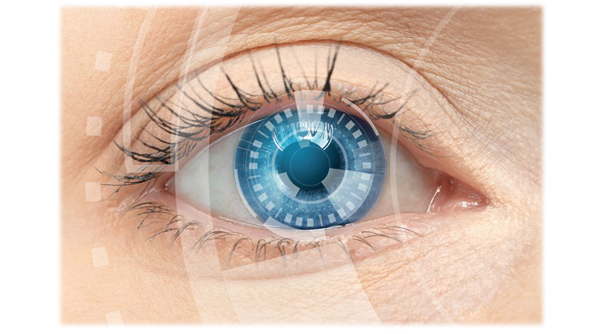KERATOCONUS SURGERY

Keratoconus is one of the most common degenerative disorders in the cornea. It consists of the thinning and progressive distortion of the corneal tissue. Its spherical shape changes into a conical shape, forming an irregular astigmatism that distorts images.
It appears in Young patients at puberty and tends to progress for decades establishing itself at the beginning of the patient’s thirties. This is associated with many local and systematic factors. It is believed to have a genetic factor, however environment factors like ocular scrubbing do matter: the majority of patients with keratoconus are subjects to scrubbed eyes chronically and aggressively.
Keratoconus is the main cause of Keratoplasty in young patients. In moderate cases, good vision may be achieved with glasses or hard contact lenses. There are no preventive methods against this, but there are surgical procedures to stop it:
- SEGMENT RING implants or anular intracorneal segments (SAI): plastic rigid transparent pieces (PMMA), in arc form, introduced in the corneal thickness. SAI reduce the irregularity and decentralized topographies caused by the cone, and also flatten the cornea.
- Crosslinking (CXL) or collagen reticulation. Is a very safe, simple and effective process, to stop the progress of keratoconus achieved by reinforcing the coreal stromal collagen.
- In the most severe cases, when the field of vision has been reduced gravely, the only solution is kerotoplasty or corneal transplant. Currently, the transplant can be performed, in many cases replacing affected layers and preserving the healthy tissue (lamellar Keratoplasty).
Contact us and we will answer you soon

